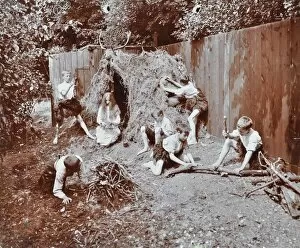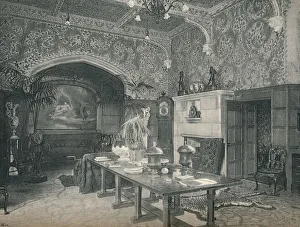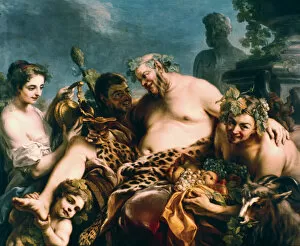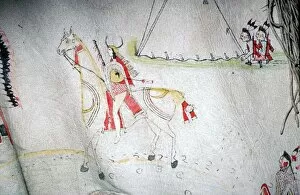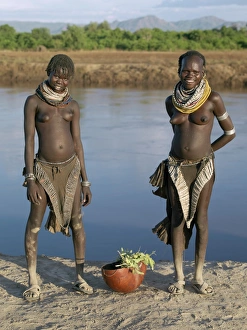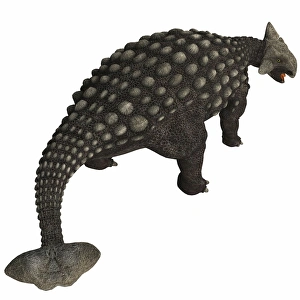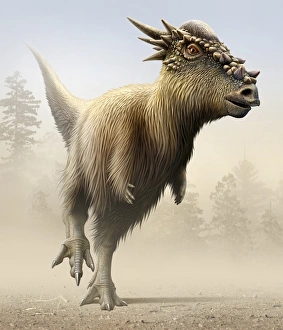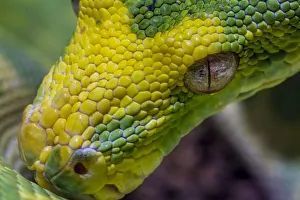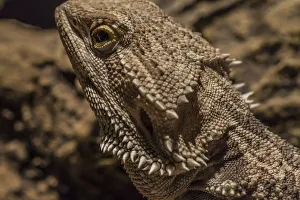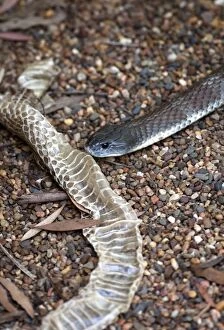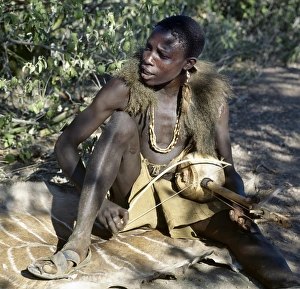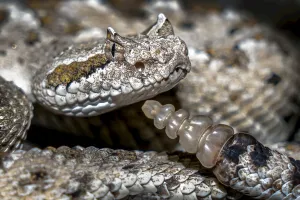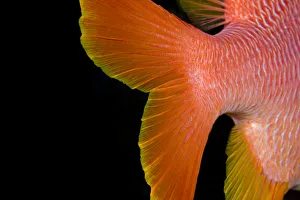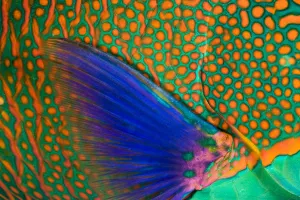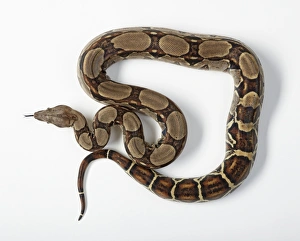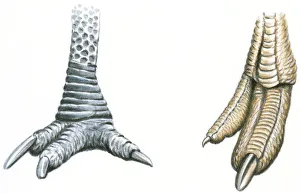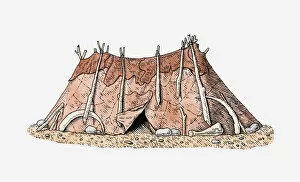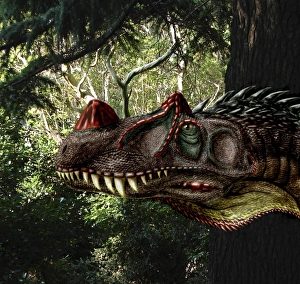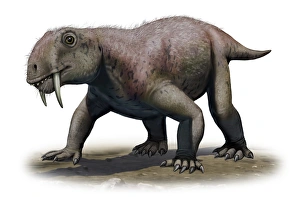Animal Skin Collection (page 8)
"Unveiling the Tales of Animal Skin
All Professionally Made to Order for Quick Shipping
"Unveiling the Tales of Animal Skin: From Ancient Defenses to Cultural Artifacts" Witness the epic battle as Ankylosaurus dinosaurs utilize their impenetrable animal skin to defend themselves against a fearsome T-Rex. Journey to Bolivia and discover the intricate craftsmanship behind llama's soft and durable skin, cherished by locals for centuries. Explore Nabta Playa in Egypt, where an ingenious oval house made from animal skins stands with fire below ground, its smoke rising above - a testament to early human ingenuity. Immerse yourself in prehistoric times with an illustration showcasing a herbivorous diplodocus dinosaur gracefully feeding on leaves, highlighting the importance for survival. Step into Cleopatra's world through a captivating oil painting from 1887, where her regal attire adorned with luxurious animal skins symbolizes power and opulence. Delve into humanity's conquest of fire through an evocative illustration from L'Homme Primitif, reminding us how animal skins played a crucial role in providing warmth and protection during ancient times. Marvel at an 18th-century map depicting Quapaw tribe villages painted on buffalo skins – a testament to Native American creativity and resourcefulness in utilizing every part of animals they hunted. Uncover the secrets of ancient conical tepee-like shelters constructed using versatile animal hides that provided shelter for various indigenous communities throughout history. Observe Nootka Indian hunters wielding whaler harpoons captured in a black-and-white photograph from c1900 – their clothing crafted from sturdy animal skin enabling them to navigate treacherous waters with skillful precision. Step back in time as you wander through London's Skin Market captured by Thomas Dale in 1825 (1911), offering glimpses into society's reliance on animal skins for trade and commerce during that era.






